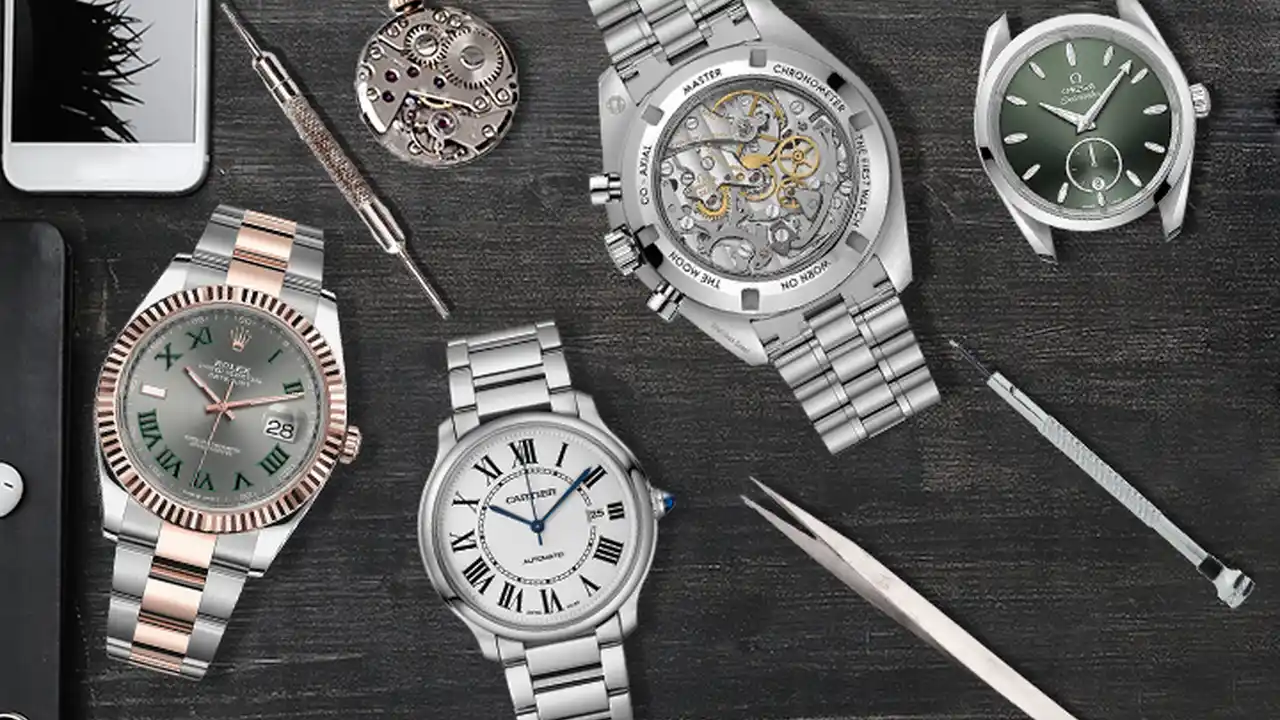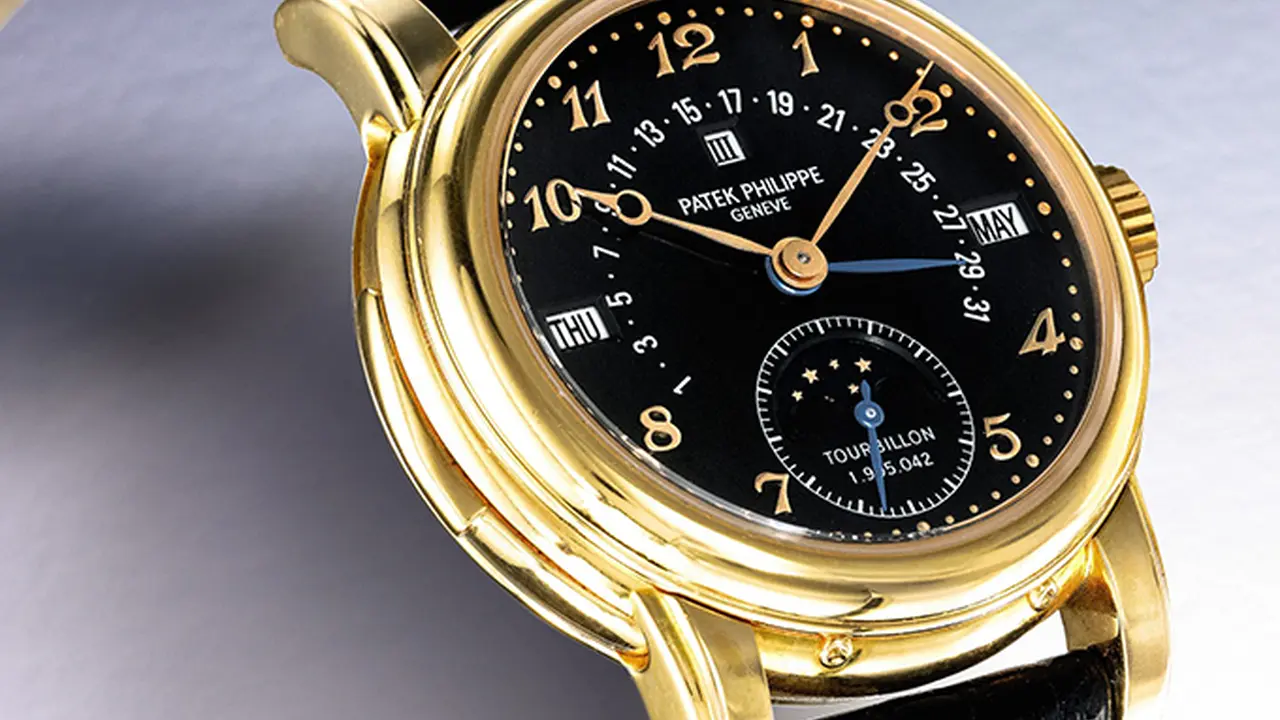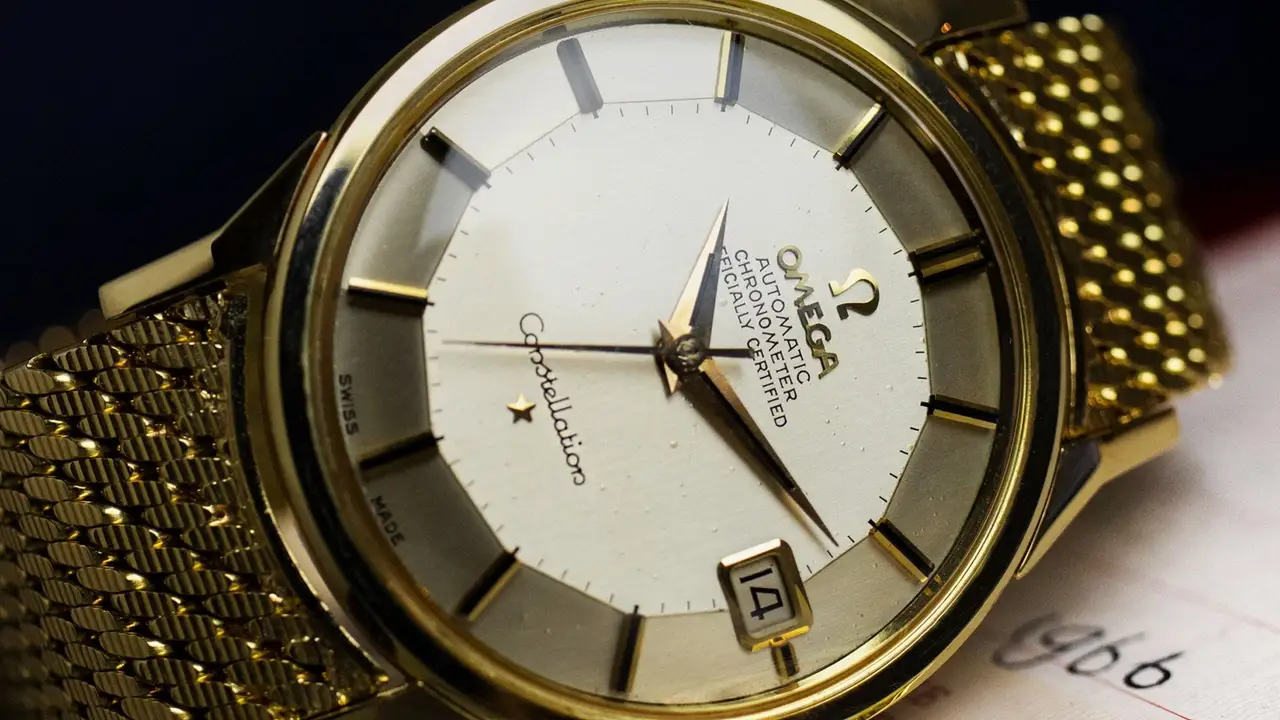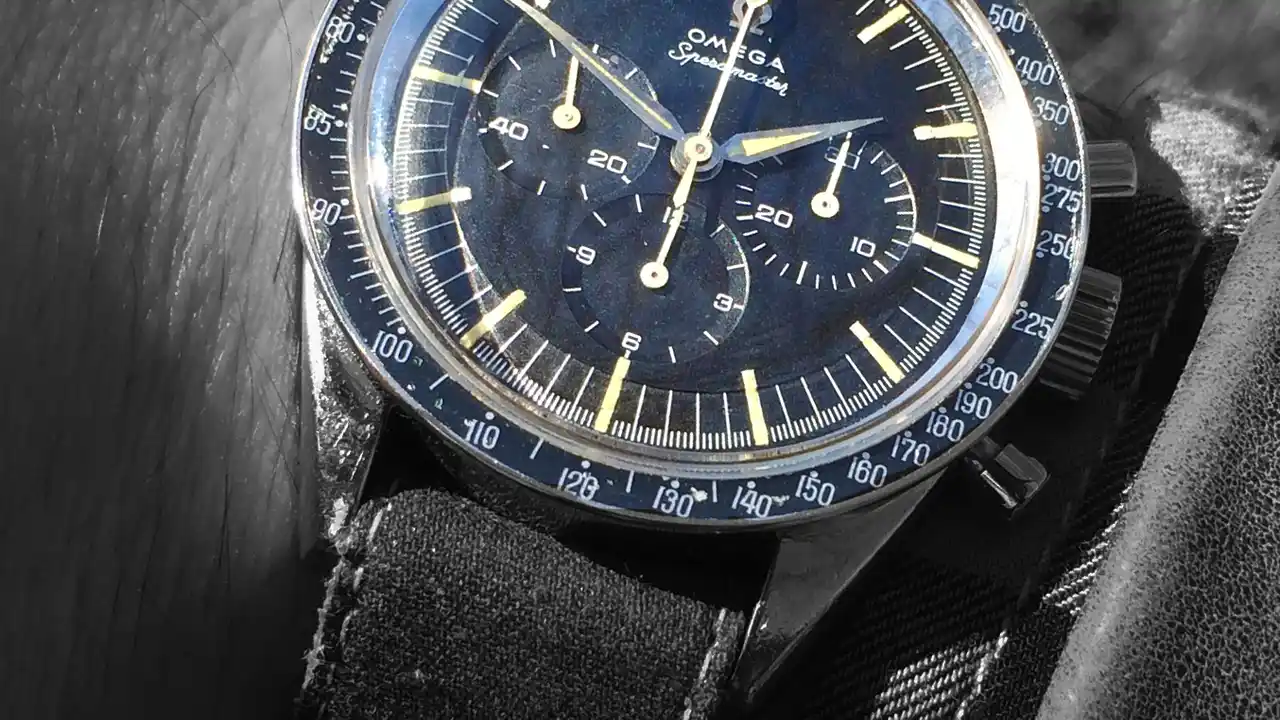Omega Watch Investing_ A Beginner's Guide to Profitable Collecting
A beginner's guide to profitable Omega watch collecting. Learn how to identify undervalued models, assess condition, and make informed investment decisions.

Why Vintage Omega Watches Are a Smart Investment
So, you're thinking about diving into the world of vintage Omega watch collecting? Awesome! It’s not just about owning a cool piece of history; it can also be a smart financial move. Vintage Omega watches have seen a steady increase in value over the years, and for good reason. They represent a blend of craftsmanship, history, and timeless design. But where do you start? Let’s break it down.
Identifying Undervalued Omega Models for Maximum Profit
The key to successful Omega watch investing is spotting those undervalued gems. Some models are consistently popular, but others are hidden treasures waiting to be discovered. Here are a few to keep an eye on:
- Omega Seamaster 300 (Early Editions): The very early Seamaster 300s (late 1950s, early 1960s) with the broad arrow hands are highly sought after. These are serious collector's items and can command a high price if in good condition.
- Omega Speedmaster Pre-Moon: Before the Speedmaster became THE Moonwatch, there were several iterations. The Speedmaster 105.012, worn by Ed White on his spacewalk, is a prime example. Look for those pre-1969 models.
- Omega Constellation Pie Pan Dial: These Constellations, with their distinctive 'pie pan' dials, offer elegance and value. Look for models with solid gold cases or rare dial variations.
- Omega Chronostop Driver: These funky chronographs from the late 60s/early 70s are gaining popularity. The 'Driver' version, designed to be read while driving, is particularly cool.
Why are these models undervalued (or, more accurately, have potential for further appreciation)? Several factors come into play:
- Rarity: Limited production runs or specific dial variations make some models scarce.
- Historical Significance: Watches with a connection to significant events (like the Speedmaster's association with NASA) tend to be highly desirable.
- Condition: A well-preserved watch, especially one with original parts, is always more valuable.
Assessing the Condition of a Vintage Omega Watch: What to Look For
Condition is KING when it comes to vintage watches. A pristine example will always fetch a higher price than a beat-up one. Here’s what you need to scrutinize:
- Dial: Check for damage like scratches, discoloration, or fading. Original lume (the luminous material on the hands and dial) is a plus, but be wary of relumed dials, which can decrease value if not done professionally.
- Case: Look for signs of over-polishing, which can soften the edges and diminish the original shape. Dents and scratches are expected on a vintage watch, but excessive damage can detract from its value.
- Movement: The heart of the watch! A well-maintained movement is crucial. Ask for service records if available. If not, factor in the cost of a professional service when considering the purchase price.
- Hands: Are they original to the watch? Do they match the dial's lume? Replacements can impact value.
- Crystal: Scratches on the crystal are common. Replacing it is usually acceptable, but try to find an original Omega crystal if possible.
- Bracelet/Strap: Original bracelets are a huge bonus. If the bracelet is missing or damaged, a high-quality aftermarket strap can be a good alternative.
Omega Watch Investment Strategies: A Detailed Breakdown
Okay, you’ve identified a potential watch. Now, how do you invest smartly? Here are a few strategies:
- Buy and Hold: This is a long-term strategy. Purchase undervalued models and hold onto them for several years, allowing their value to appreciate. This requires patience and research.
- Flipping: Buy watches at a low price, have them serviced or lightly restored, and then sell them for a profit. This requires more expertise and a network of watchmakers.
- Collection Building: Focus on collecting specific models or variations. A complete collection can be highly valuable.
Specific Omega Watch Recommendations for Investment
Let's get down to brass tacks. Here are a few specific vintage Omega models I’d recommend considering for investment, along with their typical price ranges (as of late 2023; these can fluctuate, so always do your own research!):
- Omega Speedmaster Professional (Reference 145.022): This is THE Moonwatch, and while not as rare as some others, it’s a solid investment. Look for examples from the late 1960s and early 1970s.
- Scenario: You're a space enthusiast and want a tangible piece of history.
- Comparison: Compared to a newer Speedmaster, the vintage model has more character and a proven track record of appreciation.
- Price: $4,000 - $8,000 (depending on condition and provenance)
- Omega Seamaster 300 (Reference 165.024): A classic diving watch with a timeless design. These are becoming increasingly popular.
- Scenario: You appreciate vintage diving watches and want something with a robust build.
- Comparison: Compared to a Rolex Submariner of the same era, the Seamaster 300 often offers better value.
- Price: $6,000 - $12,000 (depending on condition and dial variation)
- Omega Constellation Pie Pan (Various References): These elegant dress watches offer a lot of style for the money. Look for models with solid gold cases or unusual dial colors.
- Scenario: You need a sophisticated dress watch that won't break the bank.
- Comparison: Compared to a Patek Philippe Calatrava, the Constellation Pie Pan is significantly more affordable.
- Price: $1,000 - $5,000 (depending on material and condition)
- Omega Chronostop (Various References): A fun and quirky chronograph from the 1960s/70s. The 'Driver' version is particularly cool.
- Scenario: You want a unique and affordable vintage chronograph.
- Comparison: Compared to a vintage Heuer chronograph, the Omega Chronostop is often more accessible in terms of price.
- Price: $800 - $2,000 (depending on condition and model)
Where to Buy Vintage Omega Watches Safely
Buying vintage watches can be risky, especially if you're new to the game. Here are some trusted sources:
- Reputable Vintage Watch Dealers: These dealers specialize in vintage watches and have a reputation to uphold. They often offer warranties and guarantees of authenticity.
- Auction Houses: Major auction houses like Christie's and Sotheby's regularly sell vintage watches. This can be a good way to find rare and high-quality pieces, but be prepared to pay a premium.
- Online Marketplaces: Sites like eBay and Chrono24 can be a good source for finding vintage watches, but be extra cautious. Do your research, check the seller's feedback, and ask for detailed photos.
- Watch Forums: Online watch forums often have a classifieds section where members sell watches. This can be a good way to find deals, but be sure to deal with reputable members.
Due Diligence Is Key: Protecting Your Investment
Before you pull the trigger on any vintage Omega watch, do your homework! Here's a checklist:
- Research the Model: Know the specific reference number, production dates, and common variations.
- Check the Seller's Reputation: Read reviews and feedback.
- Ask for Detailed Photos: Request clear, high-resolution photos of the dial, case, movement, and any markings.
- Verify Authenticity: Compare the watch to known authentic examples. Look for telltale signs of fakes.
- Consider a Professional Appraisal: If you're spending a significant amount of money, it's worth getting the watch appraised by a qualified watchmaker.
Servicing and Maintaining Your Vintage Omega
Once you’ve acquired your vintage Omega, it’s important to keep it in good working order. Regular servicing is essential. A qualified watchmaker can clean, oil, and adjust the movement to ensure accurate timekeeping. Avoid exposing your vintage watch to extreme temperatures, moisture, or strong magnetic fields. These can damage the movement and affect its performance.
The Southeast Asia Market: A Growing Opportunity
The vintage watch market in Southeast Asia is booming. Countries like Singapore, Hong Kong, and Thailand have a growing number of collectors who are passionate about vintage timepieces. This presents both opportunities and challenges for investors. It's important to understand local preferences and regulations before investing in this market.
Final Thoughts
Investing in vintage Omega watches can be a rewarding experience, both financially and personally. By doing your research, assessing condition carefully, and buying from reputable sources, you can build a valuable collection that you'll enjoy for years to come. Happy hunting!
:max_bytes(150000):strip_icc()/277019-baked-pork-chops-with-cream-of-mushroom-soup-DDMFS-beauty-4x3-BG-7505-5762b731cf30447d9cbbbbbf387beafa.jpg)






